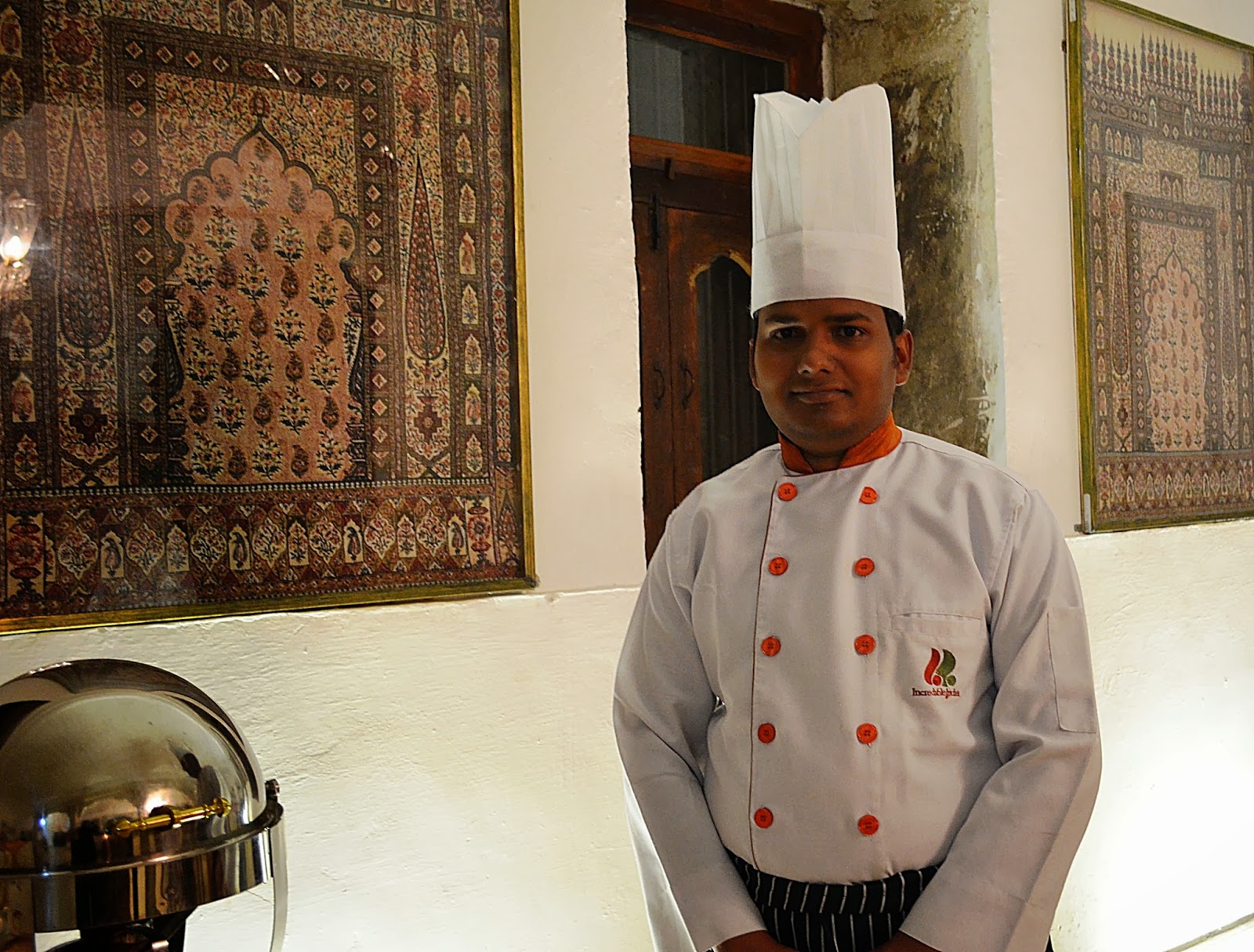Among other things, people do have the strangest of questions
on their mind when it comes to food from north east (of India, just in case you
got confused with the north east of China, Africa or the antipodes). In fact, I
have often replied the polite enquiries of my colleagues of what I was cooking
for dinner with a cold glare. I was bored of explaining time and again that
Assamese food also consisted of dal
chawal, arguably the most common Indian meal.
But when I pondered over this topic deeper, I realised this
lack of information was actually a lack of the availability of the food itself
in other parts of the country. Rosang Café is an exception in this regard. For
all those who have no clue what food from north east is like, do head to Rosang
Cafe. Located near Upahar Cinema in Green Park, it brings the finest food of
the seven north eastern states.
Jokes apart, despite being an Assamese, I myself have limited
knowledge about the north eastern cuisines. I am desperately trying to rectify
this problem by visiting Rosang frequently. While I would highly recommend the
place to everyone, here are a few things to keep in mind before trying out food
from north east.
#1. North eastern food is light on your taste buds and tummy. Not
excited? Then try the piping hot dry fish chutney!
#2. Some of the dishes may have strong aromas, often not so
pleasant if you aren't used to it. Come prepared.
#3. All the dishes are extremely healthy. Do tell your trainer
about it.
#4. It’s not only about noodles and momos. What were you expecting
a chocolate momo or a paneer one?
#5. Do not expect it to be spicy and oily. But count on it to be
flavoursome.
#6. For God's sake don't come and ask for a roti or naan. Didn't you know the best thing on earth is rice?
#7. You think it will be like Chinese and Thai. You couldn't be more wrong. The spices, herbs and process of preparing the dishes are all different.
#8. Vegetarians are welcome too. We don’t sit at the
slaughterhouse 24 x 7.
#9. The curries won’t look red; turmeric is not a favourite here.
Did you say you already knew it?
#10. Taste a new vegetable like kol posola (banana stem). You’ll soon realise vegetables go beyond
cauliflowers and peas.
·
While trying food from north east, please do remember that
they are seven states not one. This is another problem I want to deal with it. But
let’s just stick to the food here. Being neighbouring states the cuisines of the
north eastern states do have similarities, however, they are as varied as the
seven states and the people living in them are. Thankfully, Rosang Café picks
some of the best dishes from the seven states.
Go with an open mind. Do try the spicy Dry Fish Chutney, Aksa
Meh a delicious chicken curry, Fried Fish in Burmese paste and Dohneiihong, a
Meghalayan pork dish cooked in black seasame seeds. Yes, the names are
difficult. But admit it they can’t be more difficult than that of the Thai,
Mexican or French dishes.
Enjoy the hospitality of the super friendly owner, Mary. And
hopefully you’ll get to understand that part of the country slightly better.
P.S. These pictures have been taken on a mobile phone by a not so great photographer. The food actually looks much better than this.
























